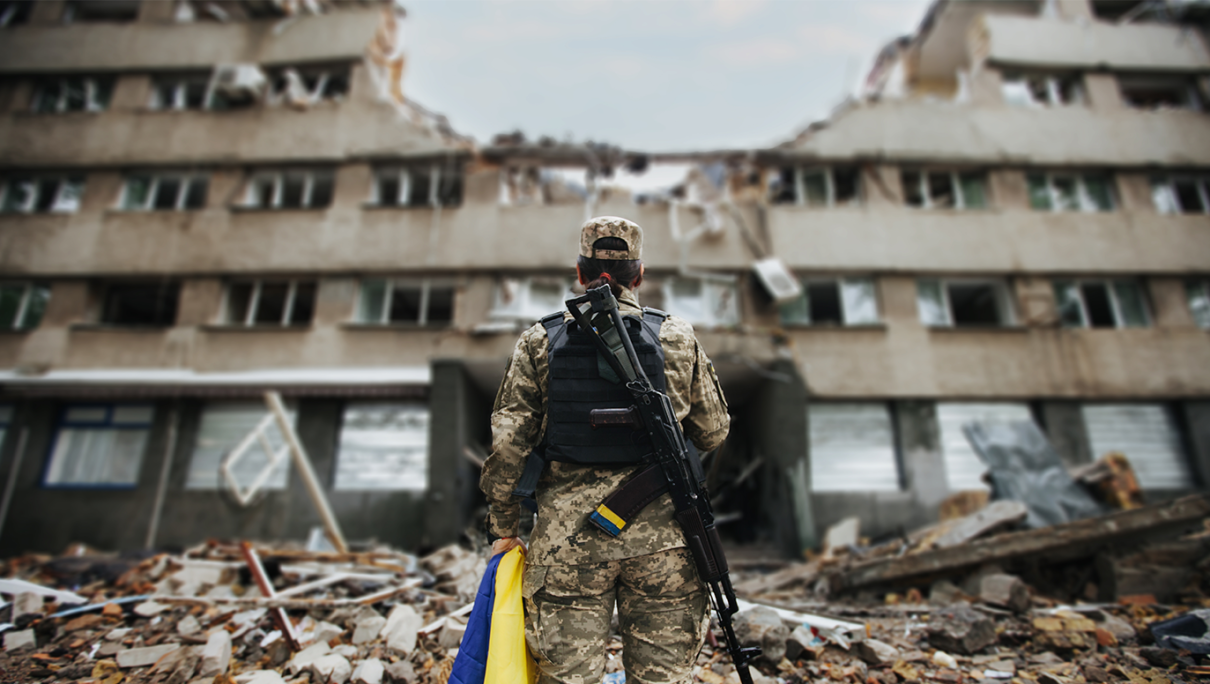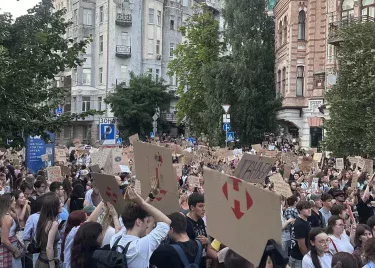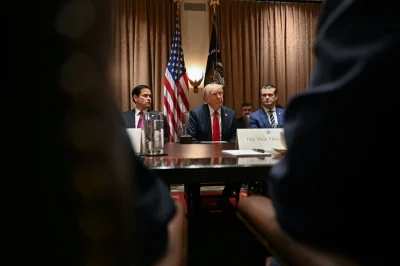By Dr Mohammad Zahoor
Ukraine at the Crossroads: War, Geopolitics, and the Struggle for Sovereignty
The war in Ukraine continues to dominate global headlines, shaping not only the country’s future but also the geopolitical landscape. From contentious resource agreements to EU accession negotiations and shifting alliances, Ukraine finds itself at the centre of a complex web of international politics. Here’s a closer look at the latest developments.
The Mineral Agreement: A Geopolitical Tug-of-War
A proposed mineral agreement between Ukraine and the United States has sparked controversy, with accusations that it could undermine Ukraine’s European integration. The European Commission has emphasized that any such agreement must align with Ukraine’s EU accession obligations. Critics, including The Telegraph, have described the deal as an attempt by the US to monopolize Ukrainian resources, potentially sidelining European interests.
President Donald Trump accused Ukrainian President Volodymyr Zelenskyy of planning to abandon the agreement, warning of “big problems” if Kyiv proceeds. Meanwhile, Russia has allegedly entered discussions with American companies for joint rare earth metal projects, further complicating the geopolitical chessboard.
This debate highlights a deeper issue: Ukraine’s balancing act between its Western allies. While Kyiv seeks closer ties with both the EU and US, these resource negotiations reveal underlying tensions between American and European interests in Ukraine’s future.
EU Accession: Progress Amid Challenges
Despite being at war, Ukraine is making strides toward EU membership. The country has already completed screening for several negotiation clusters and aims to open five or six clusters by the end of 2025 under Poland and Denmark’s EU Council presidencies. However, challenges remain as some member states express reservations about Ukraine’s readiness.
The EU has reiterated its commitment to supporting Ukraine through reforms necessary for accession. European Commission President Ursula von der Leyen recently emphasized that Ukraine’s integration into Europe is not just a political goal but a moral imperative in light of Russian aggression.
Still, concerns linger over whether Ukraine can meet the stringent requirements while simultaneously managing a full-scale war. Analysts suggest that achieving EU membership by 2029 is ambitious but feasible if reforms stay on track.
Ceasefire Talks: Deadlines and Diplomacy
Efforts to secure a ceasefire in Ukraine have gained momentum, with Finland’s President Alexander Stubb proposing April 20 as a deadline for peace negotiations. Stubb warned that failure to reach an agreement would result in stronger sanctions against Russia. However, US Secretary of State Marco Rubio cautioned against setting rigid timelines, arguing that peace depends on multiple actors, including European nations.
Meanwhile, Washington is seeking international partners to monitor any potential ceasefire agreements. Countries like Saudi Arabia and Turkey are being considered for roles in overseeing energy security and maritime stability in the Black Sea region. Trump’s upcoming visit to Saudi Arabia underscores Riyadh’s growing role in mediating peace efforts.
Military Aid and Defence Spending
Western nations continue to bolster Ukraine’s military capabilities as the war grinds on. Sweden recently announced its largest aid package yet—worth $1.6 billion—including air defence systems, artillery, and naval equipment. Similarly, the Netherlands allocated €500 million for drones as part of a broader €2 billion support package.
However, Europe faces its own challenges in ramping up defence spending. Fitch Ratings projects that EU countries will only manage €500 billion in defence expenditures over the next five years—far short of a €800 billion goal, and of NATO’s 3% GDP target. This funding gap underscores Europe’s reliance on US security guarantees even as Washington signals reluctance to maintain this role indefinitely.
Economic Fallout: Bonds and Industry
Ukraine’s economy remains under strain as uncertainty over the war’s resolution impacts financial markets. Ukrainian Eurobonds have dropped to their lowest levels in four months amid stalled ceasefire talks and Trump’s criticism of Russian diplomacy.
On a more optimistic note, Ukraine’s defence industry shows promise despite funding challenges. Domestic manufacturers are capable of producing up to five million FPV drones annually but currently operate below capacity due to limited resources. Additionally, Kyiv has secured agreements with Western partners for licenses to produce air defence systems—a crucial step toward self-reliance.
Conclusion: Navigating Uncertainty
Ukraine stands at a pivotal moment in its history. The war has not only tested its resilience but also revealed fault lines among its allies. As Kyiv navigates complex negotiations on resources, EU accession, and military aid, it must balance competing interests while safeguarding its sovereignty.
The stakes are high—not just for Ukraine but for global stability. Whether through diplomacy or continued conflict, the decisions made today will shape not only Ukraine’s future but also the geopolitical order for years to come and could prove decisive in determining whether Ukraine emerges as a sovereign, independent state or becomes a pawn in larger geopolitical power struggles.




